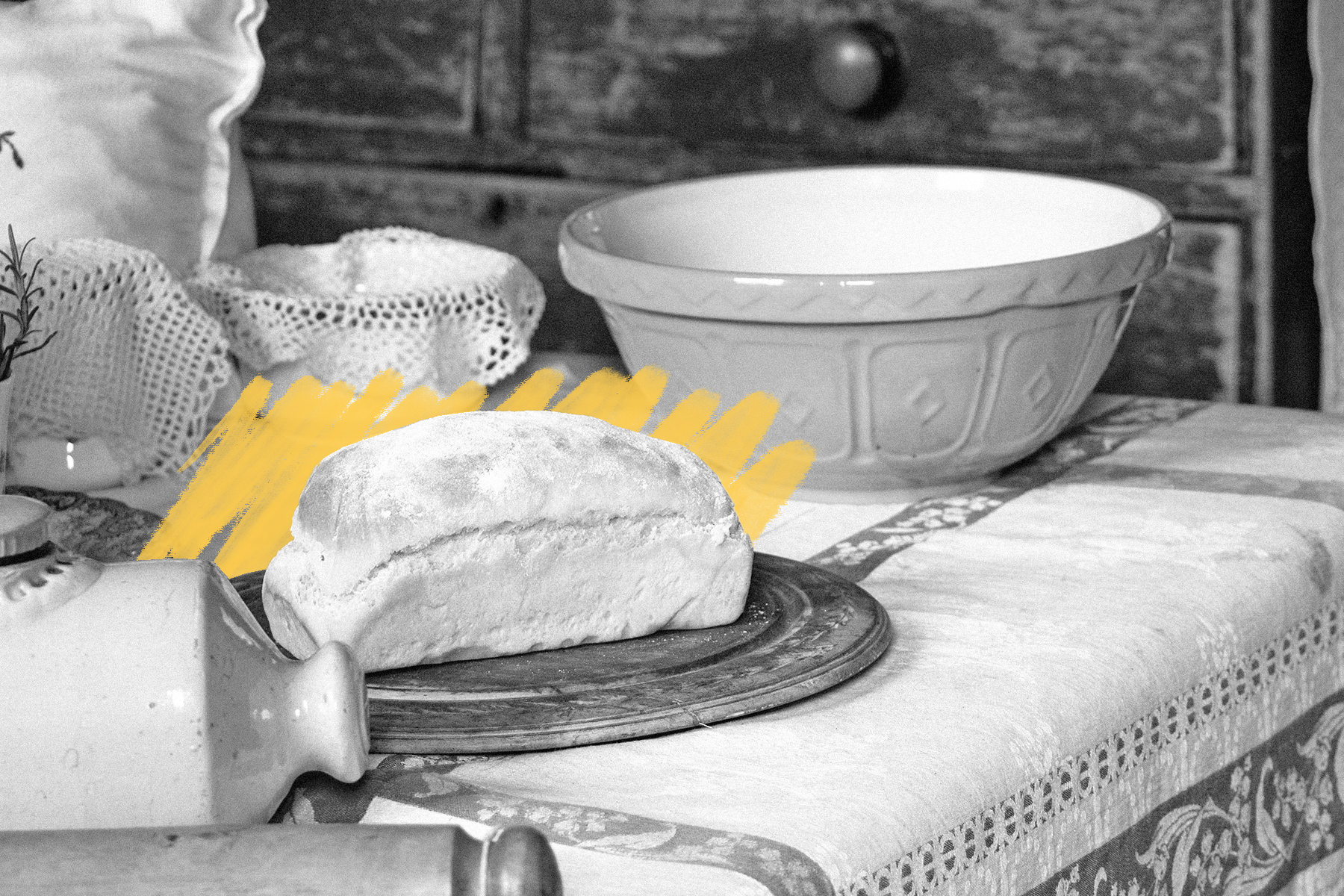Victorian bakers added a toxic ingredient to make bread whiter.
In Victorian-era England, as in most of human history, bread was a dietary staple, and white bread, which was seen as containing fewer impurities and was associated with the upper class, was increasingly in vogue. Indeed white bread was so desirable that some British bakers resorted to using questionable ingredients to bleach their loaves. One such ingredient was alum, an aluminum-derived chemical compound that is toxic when consumed. It made bread not only whiter, but also heavier, allowing bakers to charge more for their wares and supplement flour doing food shortages. Alum was also cheaper than flour, meaning bakers could pocket more profits — but unfortunately, all this came at the expense of public health.
Alum, when consumed regularly, caused digestive issues and diarrhea, the latter of which could be fatal to young children at the time. In the mid-1850s, prominent English physician John Snow proposed a connection between Brits’ poor health — notably the widespread prevalence of rickets, a bone-softening disorder — and the alum-filled bread they were consuming, a theory that came to be viewed in scientifically favorable light in the decades that followed.
Without widespread awareness of these health issues, however, food adulteration — adding cheap ingredients to keep costs down and production up — persisted throughout much of the 19th century; plaster of paris and chalk were also commonly added to bread. Regulations such as Britain’s 1860 Adulteration of Food and Drugs Act sought to curb the use of harmful additives in food, but were not mandatory nor strictly enforced. A revision in 1875 was taken more seriously, and remained in effect for some 60 years until updated government public health guidelines and food safety laws came into place.







